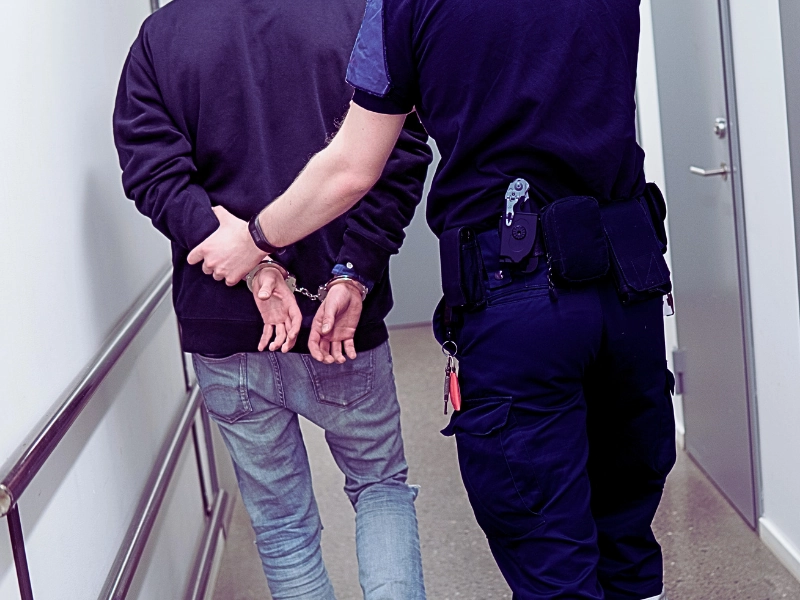Responding to these statistics, Minneapolis DWI lawyer Max Keller remarked, “No one factor is responsible for the decline. Educational campaigns, increased sobriety checkpoints, and tougher penalties for underage drinking and driving have all helped. Coupled with social pressures, parental involvement, and the stigma associated with a DWI conviction, more and more teens are simply not drinking and driving.”
While the decrease in teenage drinking and driving rates is something to celebrate, it’s a victory that should be tempered. That’s because the CDC’s records over this period showed that nearly 25% of teenage driving fatalities remain alcohol related. Of these, 17% of teenage drivers between the ages of 16 and 20 who died in alcohol related accidents had Blood Alcohol Concentrations that were .8% or greater. This meant their ability to safely operate a motor vehicle was severely limited. Moreover, in their diminished capacity these drivers and their passengers neglected seatbelt usage. According to the CDC, 71% of teenage drivers killed in alcohol related accidents in 2012 were not wearing their seat belts.
“The CDC conducted a survey in 2013 that indicated 22% of teenagers reported having ridden in a vehicle with a driver who had been drinking. To counter this, the CDC recommends stronger enforcement of Zero BAC laws for drivers under 21 years of age. It also supports enhanced education and public awareness efforts. These efforts are showing their effectiveness. However, it’s clear that there is still a long road ahead,” stated Minneapolis DWI lawyer Max A. Keller.
In Minnesota, teenagers convicted of DWI (.08 or greater) can be fined $3000 and sentenced to up to one year in jail. Moreover, a first time conviction (.08 or lower) can result in the loss of driving privileges for 30 days. A second conviction can result in revocation of a license for 6 months. This information will remain on a driver’s record for 15 years.






